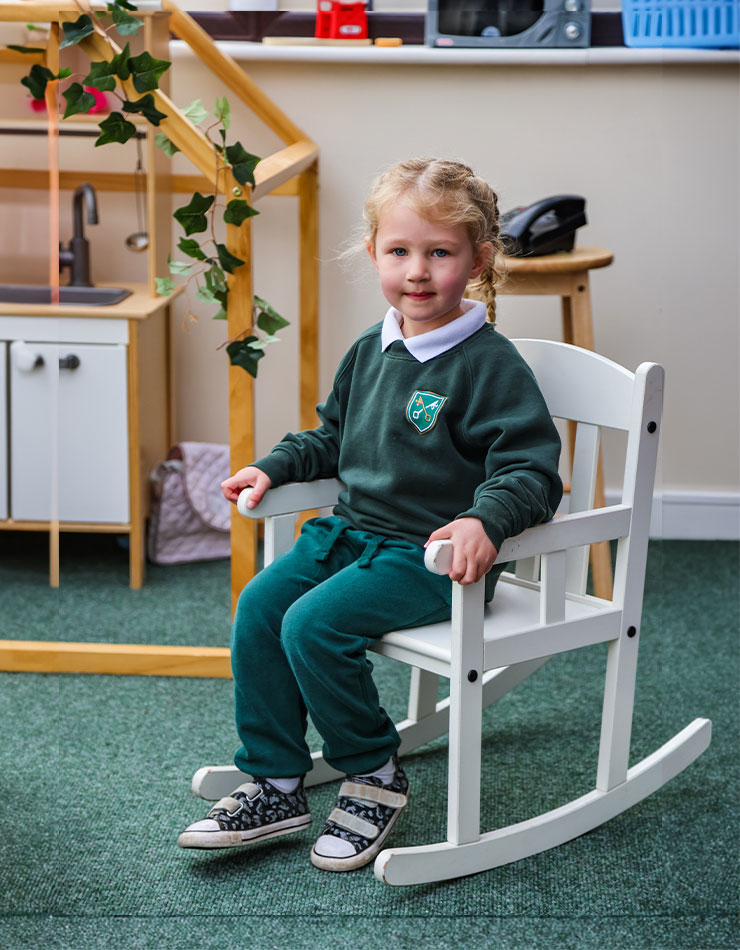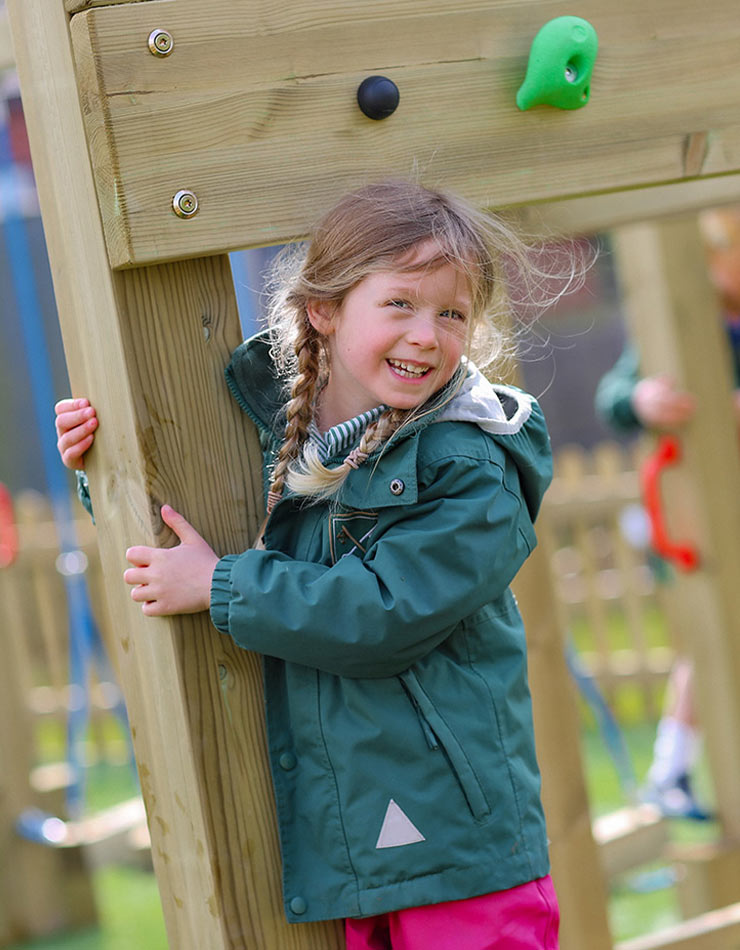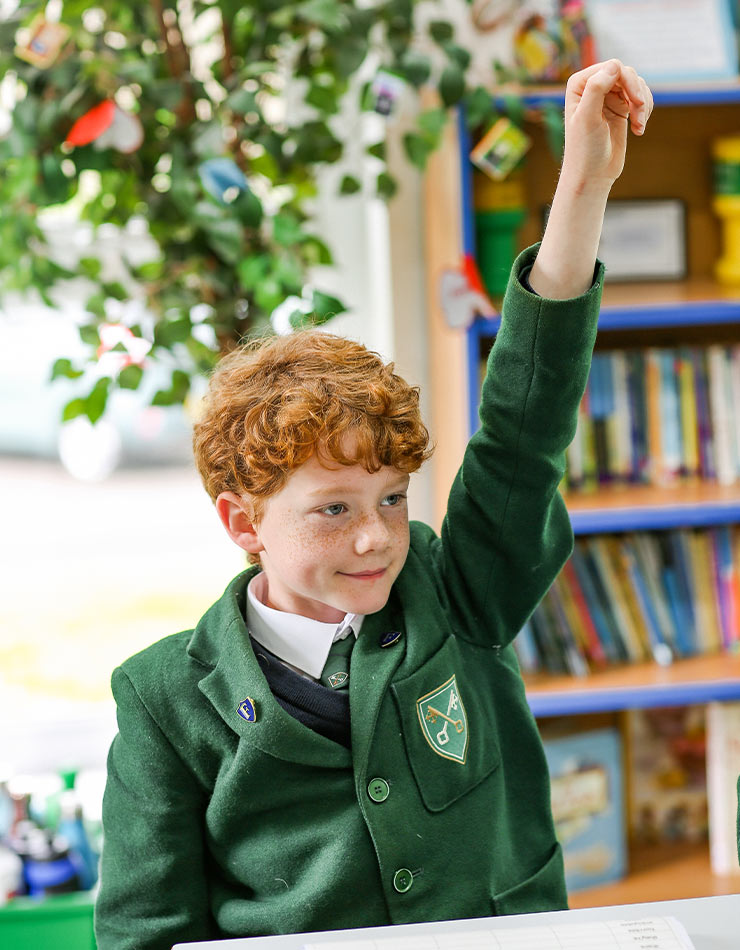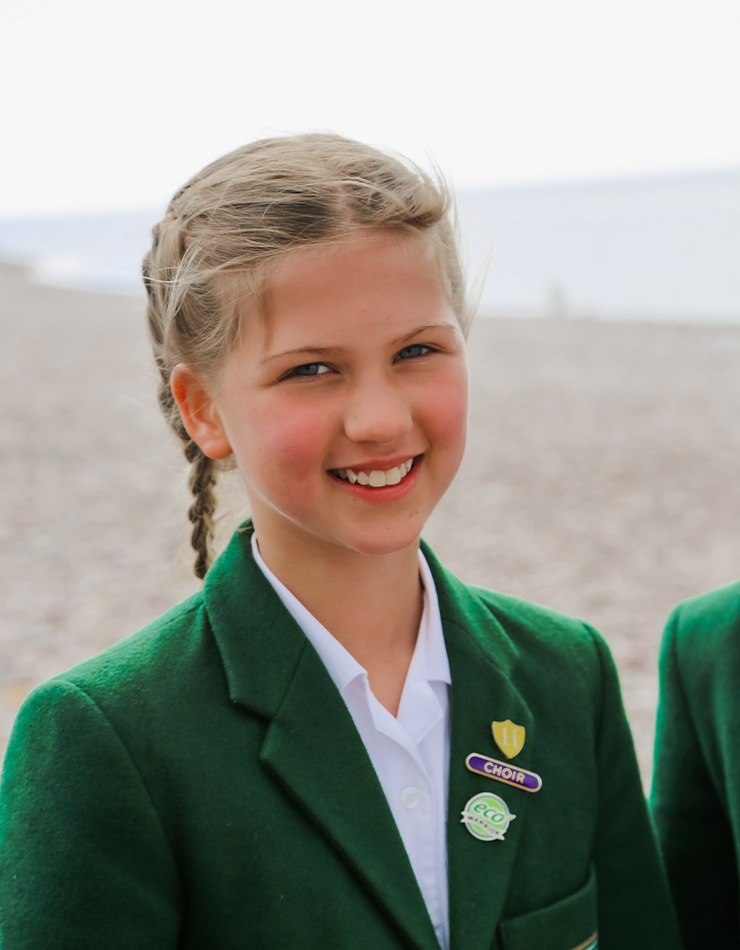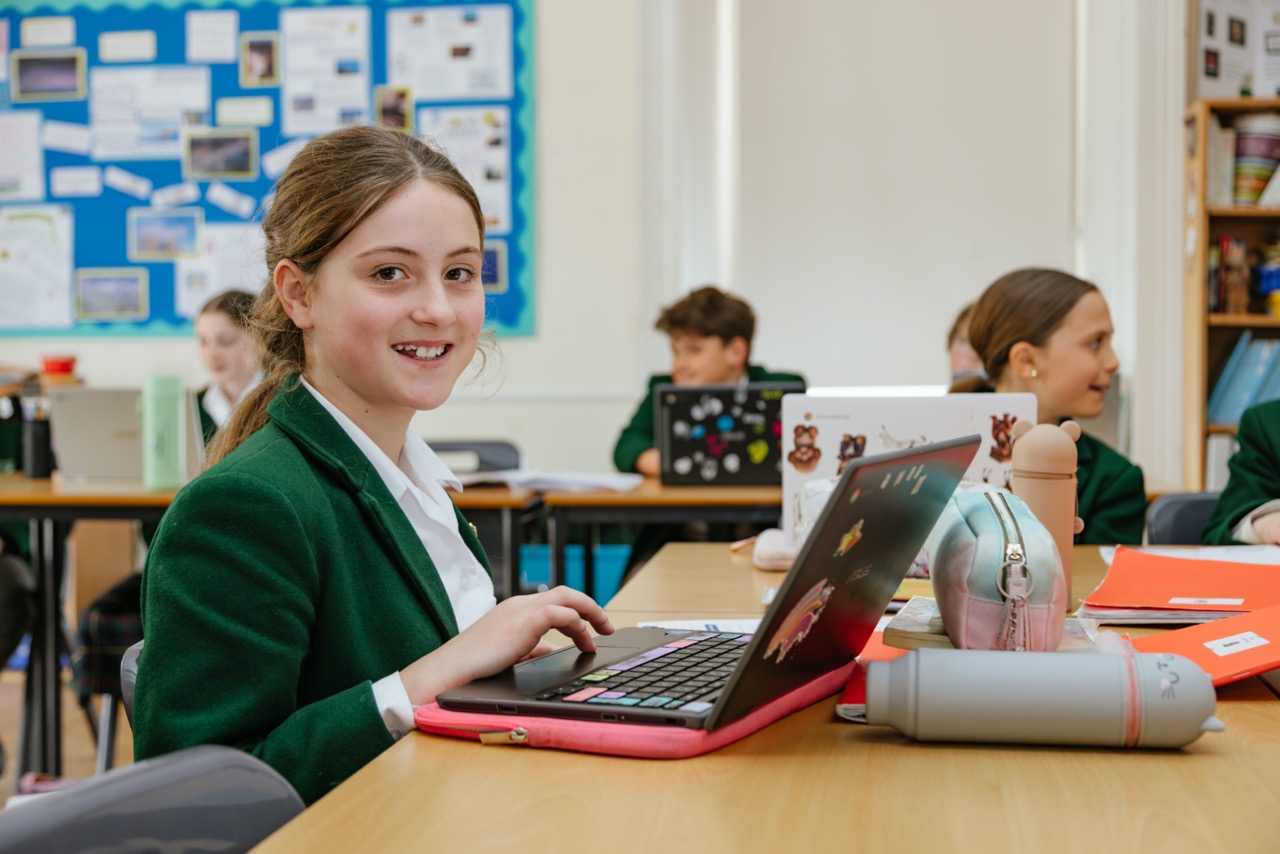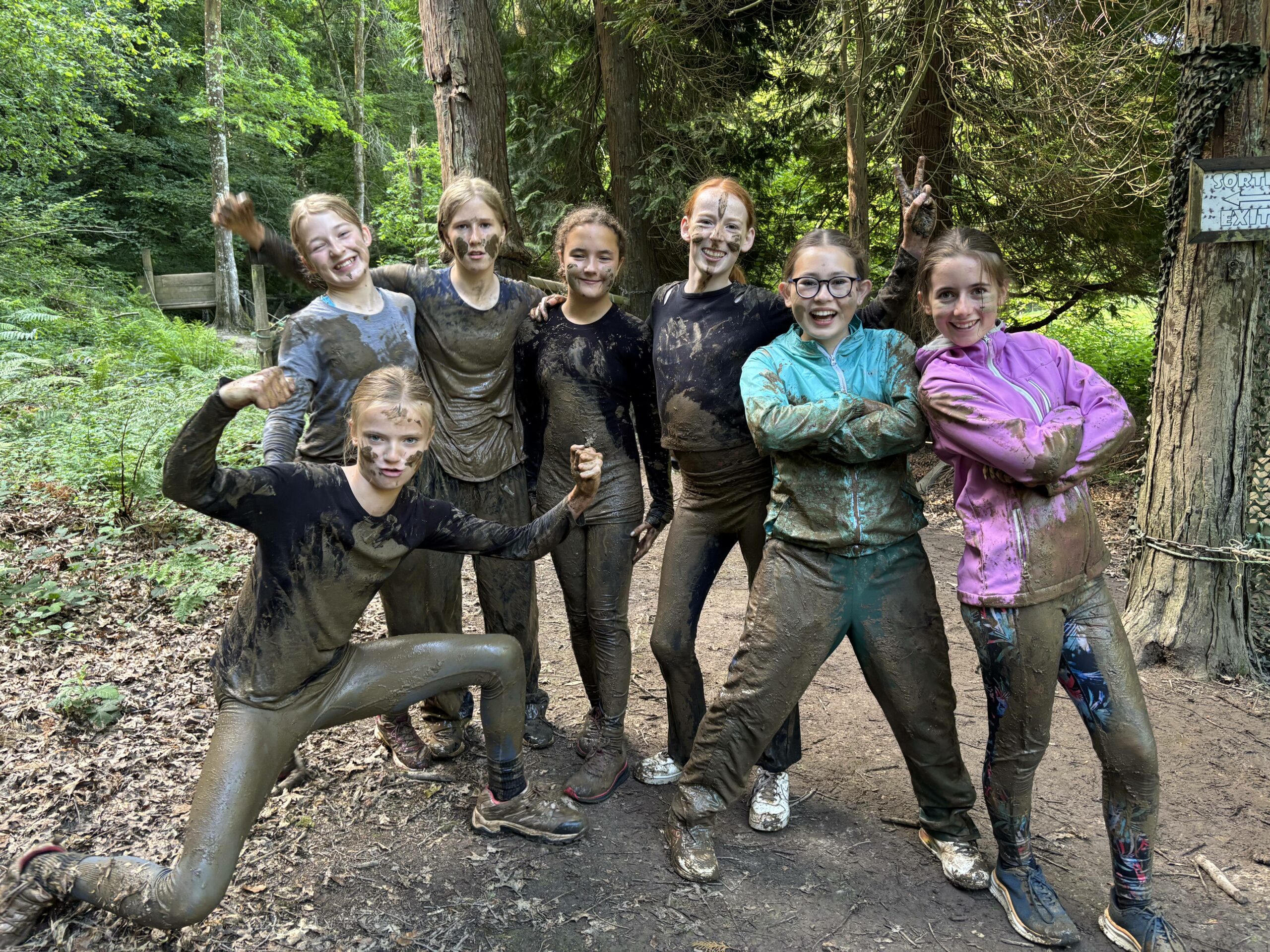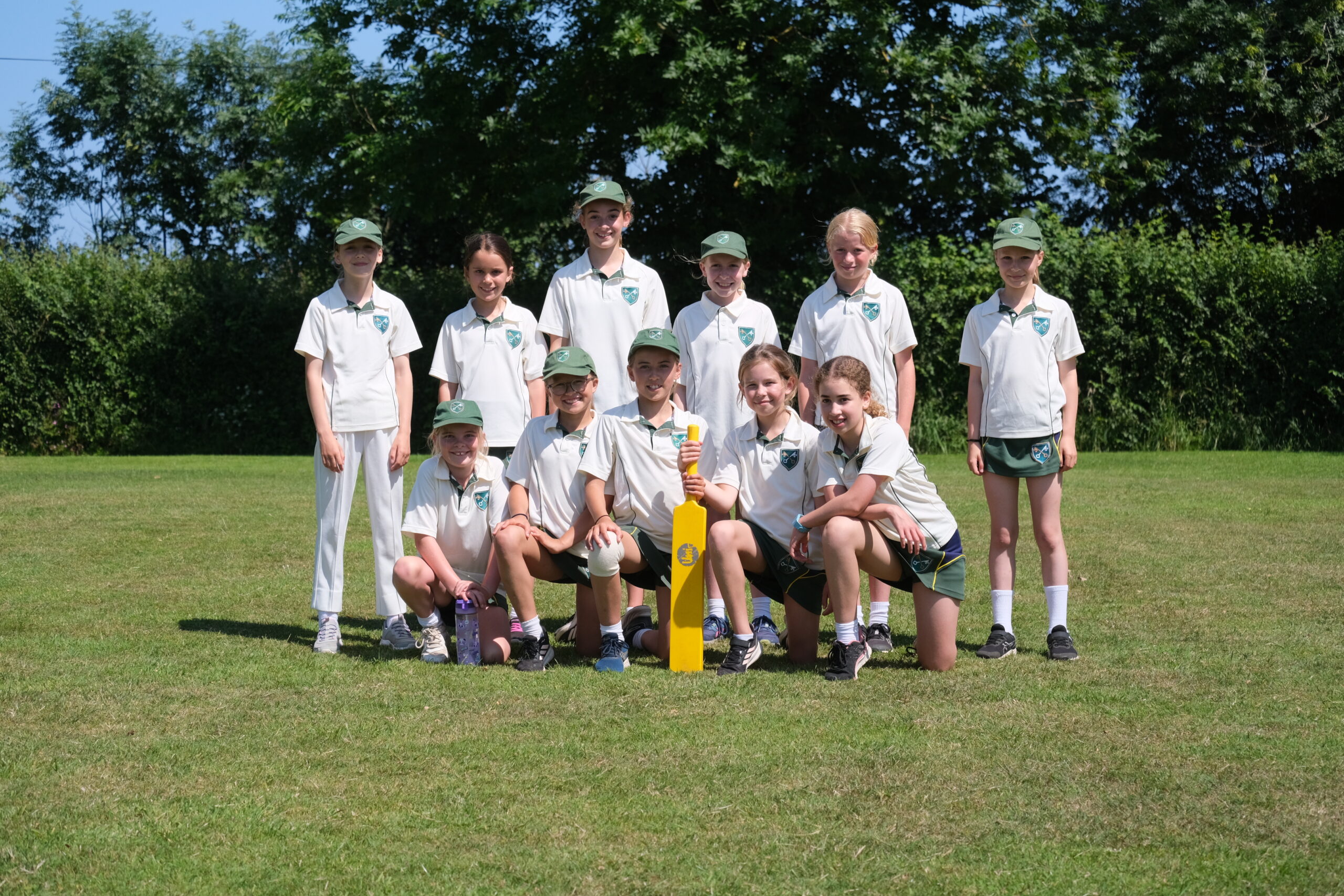With the UN’s 26th Climate Conference around the corner, it seems a particularly apt time to talk about sustainability.
Ambassadors for the climate have existed for some time; however, the voices of the youth are quite rightly taking centre stage. As Greta Thunberg’s rise to prominence demonstrates, children and young adults are more included in the conversation surrounding sustainability than ever before.
This key demographic is mobilising action around the world as the impact of many of decisions made now will have the greatest effect on their futures. In fact, ‘reverse socialisation’ is on the rise, meaning children are educating the older generation on the importance of sustainability. Therefore, chances are, your child has broached the topic of sustainability with you.
One of the biggest questions when considering the conversation about sustainability is where to begin. Read on to find out how to talk to children about sustainability in an engaging, empowering and inspiring way.
Are Kids Interested in Sustainability?

In a recent study, 45% of young people said that concerns about the environment were effecting their everyday life. Susan Clayton, conservation psychologist at the College of Wooster (Ohio), believes that the first place to begin when talking to children about climate change and sustainability is to truly tune in and listen to what their concerns are.
Approaching your child with compassion and respect for their feelings is always advisable when it comes to talking through ‘big’ topics. Many adults feel ‘eco-anxiety’ too, and the potential to suppress our own emotions can be reflected in a dismissive or minimising attitude to such large scale challenges.
This, coupled with a parent’s understandable desire to protect their children from distressing emotions, may conversely lead to a child feeling unheard, anxious or isolated.
An ancient proverb says, ‘we have two ears and one mouth so we can listen twice as much as we speak.’ Compassionate listening is a foundation for better understanding and pinpointing exactly what your child may be experiencing emotionally.
How Do You Explain Sustainability to a Child?
Once we’ve identified how a child is feeling, how do we talk to children about sustainability?
Amanda Smith, Zero Carbon Britain’s Training Manager at the Centre for Alternative Technology, has a background in eco-teaching and conversation. Her talk, how to talk to young people about climate change, sparked some insightful suggestions about how to engage with children on the topic of sustainability in a meaningful way.
She suggests ‘age and stage’ as being the key to talking about sustainability with children. Presenting children with an abundance of facts, data and graphs about carbon may not be the best way to kick off a conversation about sustainability.
Pulitzer prize winner Dan Fagin believes this disengagement with statistics can happen at any age, stating ‘the facts are not enough to make people aware of climate change. People don’t believe in figures, data and graphics. You need more to get their full attention and make them understand you. You need to create a story.’
Teaching Sustainability Through Stories

That leads us on to the question, what do children and adults alike both enjoy? Stories!
Stories unlock new worlds and can shed light on different perspectives; author John Green describes reading as ‘an act of empathy’.
There are a plethora of wonderful books out there about sustainability which children and adults can enjoy. Recommended contemporary books include ‘The Bear in the Stars’ by Alexis Snell, ‘What a Waste’ by Jess French and ‘The 1000 Year Boy’ by Ross Welford.
The topic of the natural world and environmentalism has been weaved into storytelling for centuries, and reading stories may be a more digestible way to learn about sustainability.
Stories can be told and shared in many forms.
Perhaps you recall the impactful advert that Iceland supermarket aired in 2018 entitled ‘There’s a Rang-Tan in my bedroom’. Connecting children’s storytelling with their inquisitive nature led to the little girl in the story asking why the orangutan was in her bedroom and learning about the impact of deforestation. Incorporating rhyme and animation made the story truly come alive and has since led to thousands of children engaging with this topic.
When it comes to the topic of sustainability, feeling overwhelmed or unsure where to begin is a natural reaction.
Elizabeth Haase, chair of the Committee on Climate Change and Mental Health for the American Psychiatric Association, has suggested that empowerment and action are the keys to helping ourselves, and children, navigate the complex landscape of emotions surrounding sustainability; ‘helping kids find things that they can do to improve the situation is a great way to lower their anxiety’.
How Can You Talk About Sustainability With Your Child?

So, what now? Here are some of our suggestions for practical activities that you can do with your child to learn about sustainability.
Talk About Environmental Solutions
Your child may have heard some daunting facts on the news or overheard conversations that don’t paint a very optimistic future. Alternative media outlets such as The Happy Broadcast are a source of optimism when it comes to presenting some of the more uplifting news and facts.
It’s important to let your child know that there are other people and organisations in the world that wish to see change and who are working towards a sustainable future.
Animals and Wildlife Engagement
Many children love interacting with animals and, understandably, it can be disheartening to hear about the disappearance of an animal’s native habitat.
Organisations such as WWF, The Wildlife Trust, Into The Blue and Born Free offer the chance for children to sponsor or ‘adopt’ an animal. Often their sponsorship packages include detailed information about the animal and how your donation is making a tremendously positive impact on their lives.
You can also encourage biodiversity in your own garden; perhaps make a hedgehog run, build a bug hotel or put bird feeders and boxes on trees to help your child recognise their role in the world around them.
Community Action

Taking definitive action against issues such as littering is a great way to increase empowerment amongst children and create community cohesion. Collective action can raise a community’s awareness of issues and also nurture social relationships and communication.
Organisations such as Surfers Against Sewage, the National Trust and The Marine Conservation Society regularly organise events such as beach cleans, litter picking and tree planting.
Daily Lifestyle Changes
Many of us are familiar with recycling and already make it part of our daily lives. Within sustainability, the concept of circularity refers to a product’s lifecycle, including the ambition to reuse materials. One of the most important aspects of sustainability is behaviour change. Here are a few ideas that you can try at home:
- Turn off lights or appliances when not in use. Perhaps even try an electricity-free day or even an hour as many do with ‘Earth Hour’ every year. Equally, saving water, such as turning the tap off when brushing teeth, is a good habit to help decrease water wastage.
- If you’re a dab hand with a sewing machine, you could help your child revive old clothes to create new outfits. Charity shops are also a great place to pick up materials and can be loads of fun as you look through all their treasures.
- Take part in meat-free Mondays. Choose a day of the week to cook delicious vegetarian food that all the family can enjoy!
- Cycling or walking rather than driving is a great way to get some exercise and bond with your family.
- Make art out of plastic waste; it’s another brilliant way to get some extra use out of plastic, especially if you’re unable to recycle it.
Spend Time in Nature
Perhaps you’ve heard of ‘forest bathing’, which emerged in Japan in the 1980s. The concept is as it sounds: spending time in a forest and immersing all of the senses in the natural world.
Environmental educator and writer Kara Moses practises the concept of ‘sit spots’, whereby each day she revisits the same spot in nature to pause and reflect. This mindful practice creates a connection with nature that children can take with them throughout life.
There are numerous ways to enjoy being outside with your children, such as camping, climbing, cycling, foraging or bug-collecting. The list goes on!
As a prep school in Devon with access to a 28-acre site that includes woodlands, lawns and adventure playgrounds, we understand the importance of nurturing outdoor learning and education for children.
For more information on our educational prospects, please call Rachel Elliott, Director of Admissions & Marketing, on 01395 280335 or email rachel.elliott@stpetersprepschool.co.uk.

